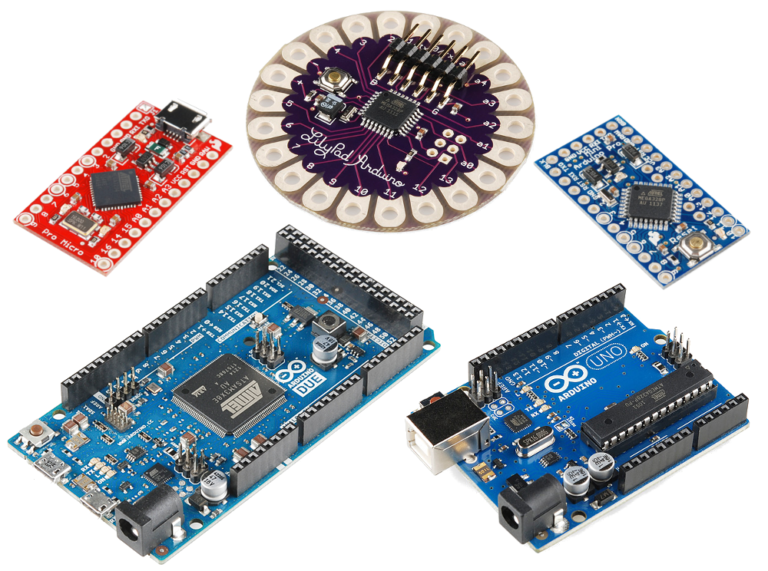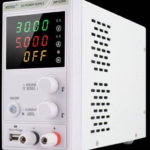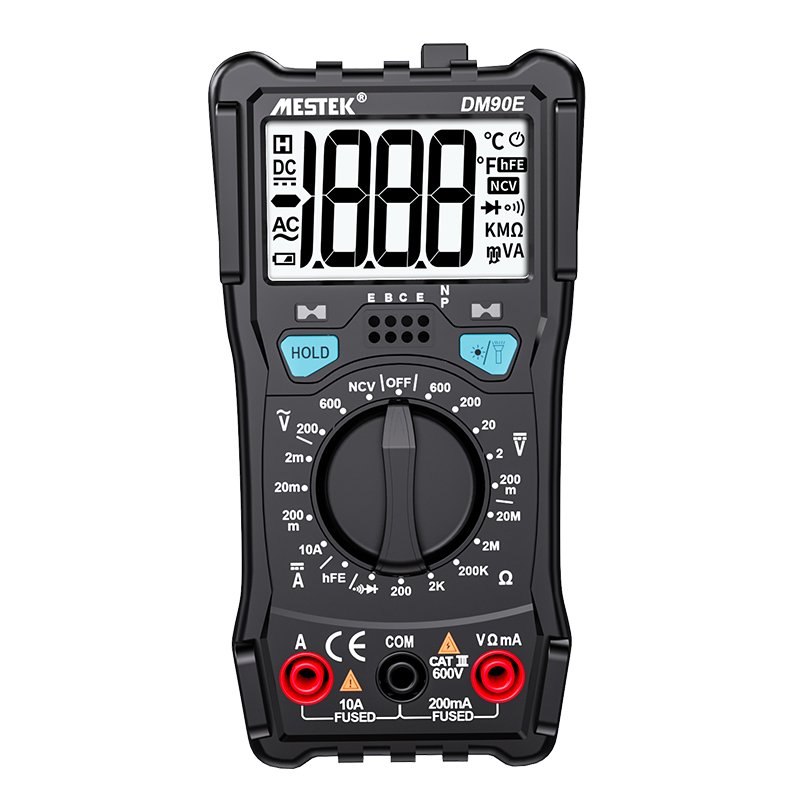USB 3V to 5V Booster Module
₦ 1,500
Fast Shipping
Technical Support
Experienced technical support
Nationwide Delivery
To all 36 States
Description
The USB 3V to 5V booster module is a compact electronic circuit that uses a boost converter to step up a low-voltage DC input (such as 3V from batteries) to a stable 5V output. These modules often feature a standard USB port, making them ideal for powering and charging common USB devices.
Features:
- High efficiency: Many modules operate with a conversion efficiency of up to 96%, with higher input voltages resulting in better efficiency.
- Integrated USB port: Provides a simple and convenient way to connect and power or charge standard USB devices.
- Compact size: The small form factor makes these modules suitable for space-constrained applications and DIY projects.
- Indicator light: Some versions have an LED that indicates when the module is active and may turn off when the input voltage is too low (e.g., below 2.7V).
- Protection (or lack thereof): Not all modules include built-in protection. Some lack input reverse-polarity protection or short-circuit protection, requiring you to use protected lithium batteries for safety.
Applications:
- DIY power bank: You can create a portable charger for mobile phones, MP3 players, or other gadgets by connecting a lithium-ion battery or multiple AA batteries to the module’s input.
- Powering microcontroller projects: Many microcontrollers, like some Arduino boards, run on 5V. A booster module can provide a stable 5V power source from a lower-voltage battery, such as in an Internet of Things (IoT) device.
- Powering USB peripherals: It can be used to power any low-power USB device, such as an LED light, fan, or small electronic gadget, from a battery pack.
- Battery-powered systems: Useful for powering sensors, actuators, or other components that require 5V but are run on a lower voltage battery, like in hobbyist robotics.
How it works:
At its core, a 3V to 5V booster module uses a step-up converter to increase the voltage.
- Input: The module accepts a low-voltage input, often within a 1V to 5V range, but is optimized for inputs around 3V, such as those from a single lithium-ion battery (3.7V) or two AA batteries (3V).
- Boost circuit: The converter uses an internal switching circuit, often involving a chip like the MT3608 or similar, to rapidly switch the voltage on and off.
- Inductor and capacitor: An inductor stores energy from the voltage surges, and a capacitor smooths out the output, creating a stable 5V DC power source.
- USB output: The module includes a USB-A port to provide the regulated 5V output, which is the standard voltage for powering USB devices.
Reviews (0)
Only logged in customers who have purchased this product may leave a review.
Shopping cart
Sign in
No account yet?
Create an Account
USB 3V to 5V Booster Module
₦ 1,500
USB 3V to 5V Booster Module is ready to ship 🇳🇬
We are here to help with tech support or orders
Open chat












 Power supply
Power supply







Reviews
Clear filtersThere are no reviews yet.